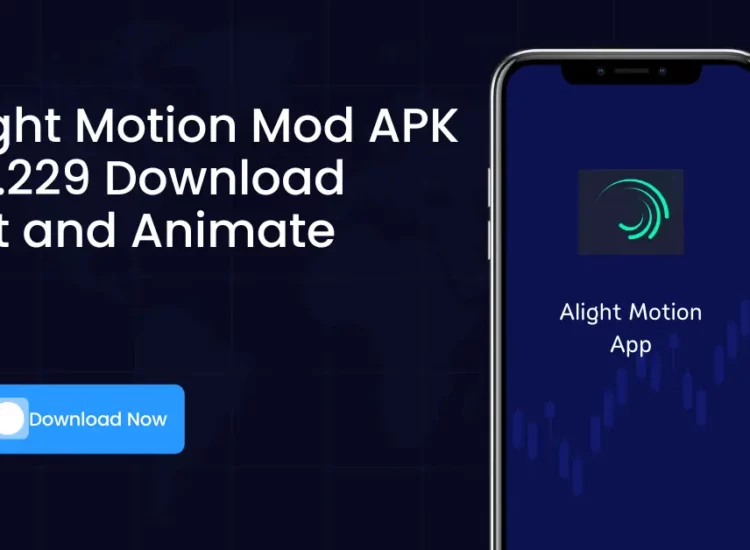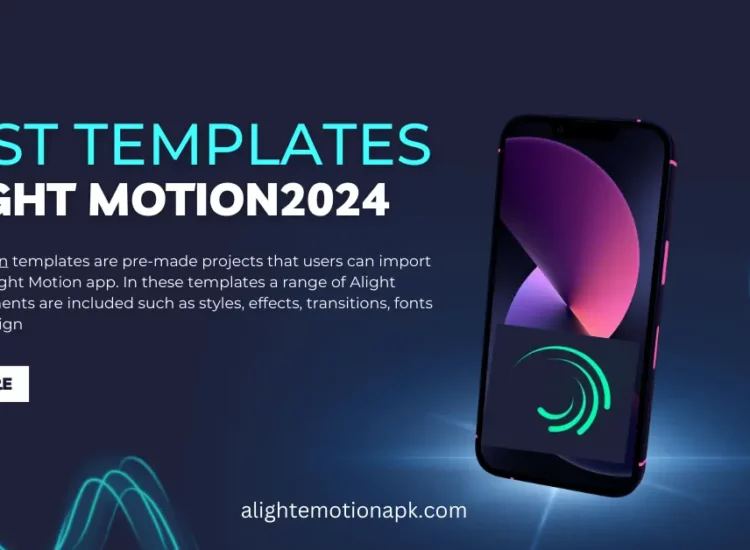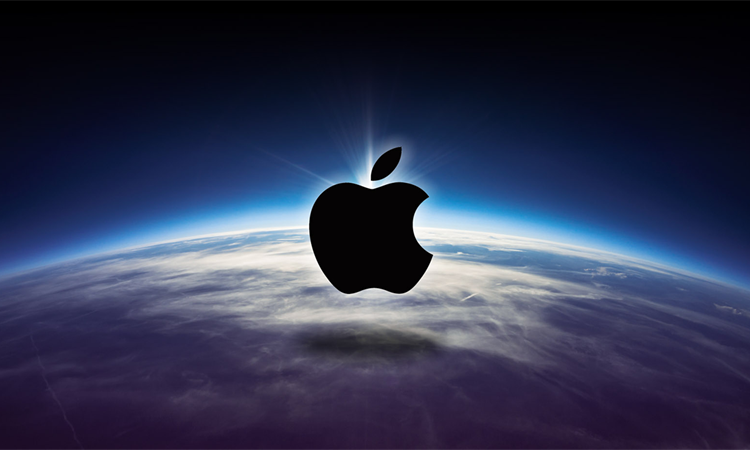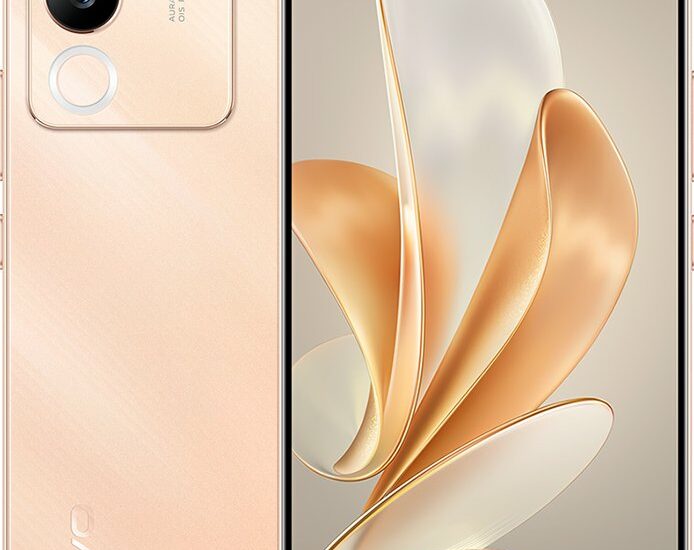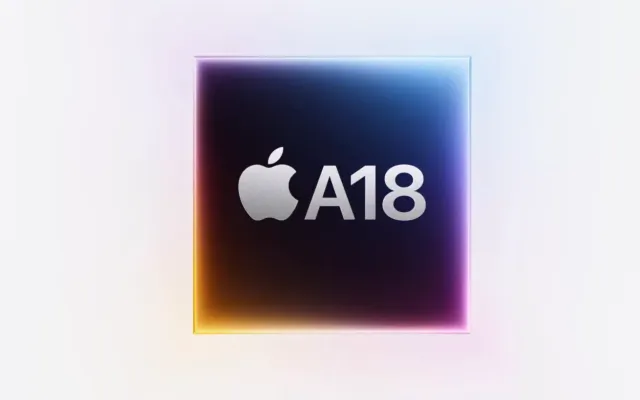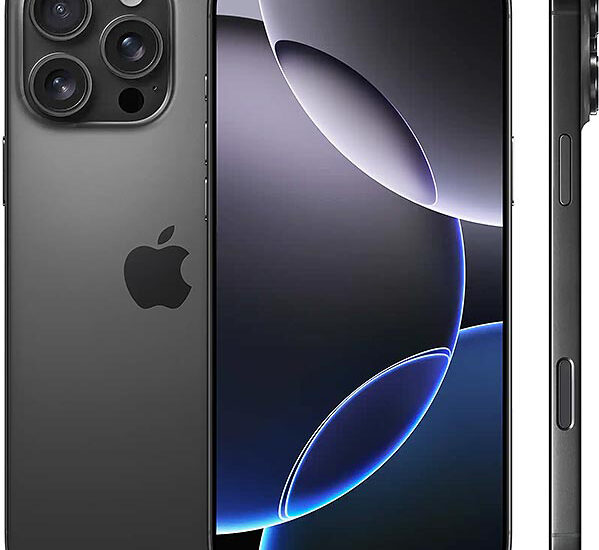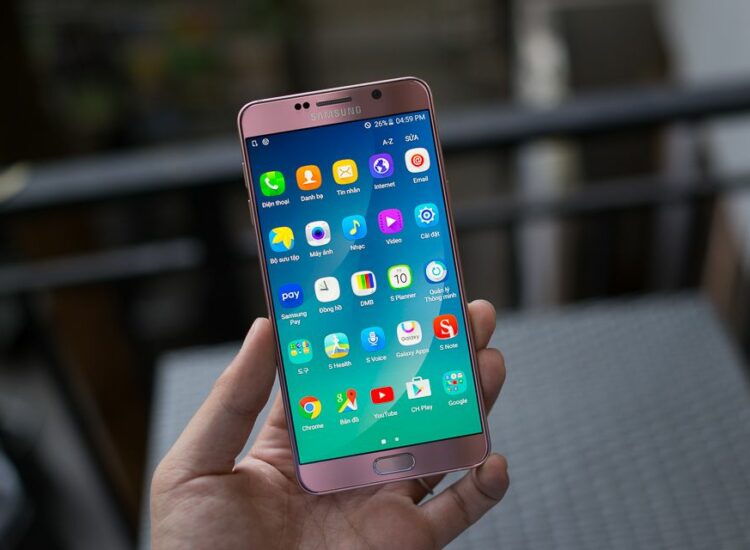The Samsung Galaxy S8 and S8+, launched in 2017, were pivotal devices that redefined smartphone design with their “Infinity Display.” This nearly bezel-less design set a new standard for screen-to-body ratios and influenced the industry for years to come. This comprehensive analysis will explore the specifications, features, design nuances, performance, camera capabilities, software, reception, and lasting impact of the Samsung Galaxy S8 and S8+.

I. Design and Display: The Infinity Edge:
The most iconic feature of the Galaxy S8 and S8+ was undoubtedly the “Infinity Display.” This design philosophy prioritized maximizing screen real estate by minimizing bezels on the top and bottom and curving the display along the sides.
- Bezel Reduction: The reduced bezels created a sleek and modern look, making the phones feel more compact despite housing larger screens. This was a significant departure from previous Samsung designs and set a trend followed by many other manufacturers.
- Super AMOLED Brilliance: Both models boasted Super AMOLED displays, known for their vibrant colors, deep blacks, and exceptional contrast. The Quad HD+ resolution (2960 x 1440 pixels) provided crisp images and sharp text, making them ideal for multimedia consumption, gaming, and general use.
- Size Difference: The Galaxy S8 featured a 5.8-inch display, while the larger S8+ offered a 6.2-inch screen. This provided users with a choice based on their preference for size and one-handed usability.
- 18.5:9 Aspect Ratio: The introduction of the 18.5:9 aspect ratio was a key innovation. This taller, narrower aspect ratio made the phones more ergonomic for one-handed use while still offering a larger viewing area. It also became the standard for many smartphones in subsequent years.
- Curved Edges and Edge Panels: The curved edges weren’t just for aesthetics; they also offered practical functionality. Samsung’s Edge Panels provided quick access to frequently used apps, contacts, and tools, enhancing multitasking and convenience.
II. Performance and Hardware: Power Under the Hood:
The Galaxy S8 and S8+ packed powerful hardware for their time, ensuring smooth performance and handling demanding tasks with ease.
- Processors: Depending on the region, the phones were powered by either the Qualcomm Snapdragon 835 or the Exynos 8895. Both were built on a 10nm process, offering significant improvements in performance and power efficiency compared to previous generations.
- RAM and Storage: Both models came with 4GB of RAM as standard, sufficient for most users at the time. 64GB of internal storage was standard, with the option for expansion via a microSD card, addressing concerns about limited storage capacity.
- Battery and Charging: The S8 had a 3,000mAh battery, while the S8+ had a larger 3,500mAh battery to power its larger screen. Both phones supported fast charging via both wired and wireless methods, providing convenient and quick top-ups.
- Durability and Connectivity: The IP68 rating for water and dust resistance offered peace of mind for users, protecting the devices from accidental spills and dust exposure. Connectivity options included USB-C for charging and data transfer, and importantly, the inclusion of a 3.5mm headphone jack was a welcome feature for many users at that time.
- Biometric Authentication: The S8 and S8+ offered multiple biometric authentication methods, including a rear-mounted fingerprint sensor (positioned next to the camera, which drew criticism for its placement), and an iris scanner for added security and convenience.
III. Camera: Capturing Moments in Detail:
Related articles 01:
1. https://doksannews.com/xiaomi-unlock-tool-official-lastest-version-phien-ban-moi-nhat
2. https://doksannews.com/a18-chip-on-iphone-16-promax-outstanding-power
4. https://doksannews.com/ximi-tool-v8-8-0
5. https://doksannews.com/latest-technology-on-iphone-16-promax
The camera systems on the S8 and S8+ were highly regarded for their image quality and performance.
- Rear Camera: Both phones featured a single 12-megapixel rear camera with optical image stabilization (OIS) and a wide f/1.7 aperture. This combination allowed for excellent low-light performance and captured detailed images with accurate colors and good dynamic range.
- Front Camera: The front-facing camera was an 8-megapixel sensor with autofocus and an f/1.7 aperture. Autofocus on the front camera was a significant improvement, resulting in sharper selfies and better video calls.
IV. Software and User Experience: Samsung Experience and Bixby:
The S8 and S8+ launched with Android 7.0 Nougat, customized with Samsung’s Experience UI (later rebranded as One UI).

- Samsung Experience UI: Samsung’s custom interface offered a range of features and customization options, enhancing the Android experience.
- Bixby Virtual Assistant: The S8 and S8+ introduced Bixby, Samsung’s virtual assistant. Bixby aimed to provide a more contextual and integrated experience compared to other virtual assistants at the time, with features like Bixby Vision (image recognition) and Bixby Home (a personalized feed of information). While initially met with mixed reception, Bixby has evolved over the years.
- Samsung DeX: Samsung DeX was a unique feature that allowed users to connect their S8 or S8+ to a monitor, keyboard, and mouse for a desktop-like experience. This provided a convenient way to use the phone for productivity tasks.
V. Reception and Market Impact:
The Galaxy S8 and S8+ received widespread critical acclaim and were commercially successful. The “Infinity Display” was a standout feature that garnered much praise, and the phones were considered among the best Android devices of their time. They significantly influenced smartphone design trends, with many other manufacturers adopting similar bezel-less designs.
VI. Comparing the S8 and S8+:
The primary differences between the S8 and S8+ were:
Related articles 02:
1. https://doksannews.com/iphone-16-promax-screen-breakthrough-from-new-technology
2. https://doksannews.com/xiaomi-poco-m6-pro-redefining-the-budget-smartphone-landscape
3. https://doksannews.com/ximi-tool-v8-6-0
4. https://doksannews.com/oppo-a77s-a-comprehensive-review-specs-features-and-more-2025
5. https://doksannews.com/xiaomi-redmi-note-14-setting-new-benchmarks-for-mid-range-excellence
- Display Size: S8 (5.8-inch), S8+ (6.2-inch)
- Battery Capacity: S8 (3,000mAh), S8+ (3,500mAh)
- Dimensions and Weight: The S8+ was larger and heavier than the S8.
VII. The S8/S8+ in 2025: A Retrospective Look:
In 2025, the Galaxy S8 and S8+ are considered legacy devices. While they may not be suitable for demanding tasks or running the latest software, they still hold some value:
- Nostalgia and Iconic Design: The “Infinity Display” remains a recognizable and influential design element.
- Basic Functionality: They can still handle basic tasks like calls, texts, web browsing, and social media.
- Affordable Entry Point: Used units are available at very low prices, making them accessible to budget-conscious consumers.
However, limitations are apparent:
- Outdated Software: Lack of software updates means potential security vulnerabilities and the absence of newer Android features.
- Limited Performance: Performance may struggle with modern apps and games.
- Camera Limitations: The camera, while good for its time, is significantly behind current smartphone camera technology.
- Battery Degradation: Batteries in older devices naturally degrade over time, resulting in reduced battery life.
VIII. Conclusion: A Legacy of Innovation:
The Samsung Galaxy S8 and S8+ were game-changing devices that left a lasting impact on the smartphone industry. Their “Infinity Display” revolutionized smartphone design and set a new standard for screen-to-body ratios. Even in 2025, they serve as a reminder of Samsung’s innovative spirit and their contribution to the evolution of mobile technology. While not ideal for power users seeking the latest features and performance, they remain iconic devices that offer a glimpse into the past and highlight how far smartphones have come. They represent a significant step in the journey towards the modern smartphone form factor we are familiar with today.
